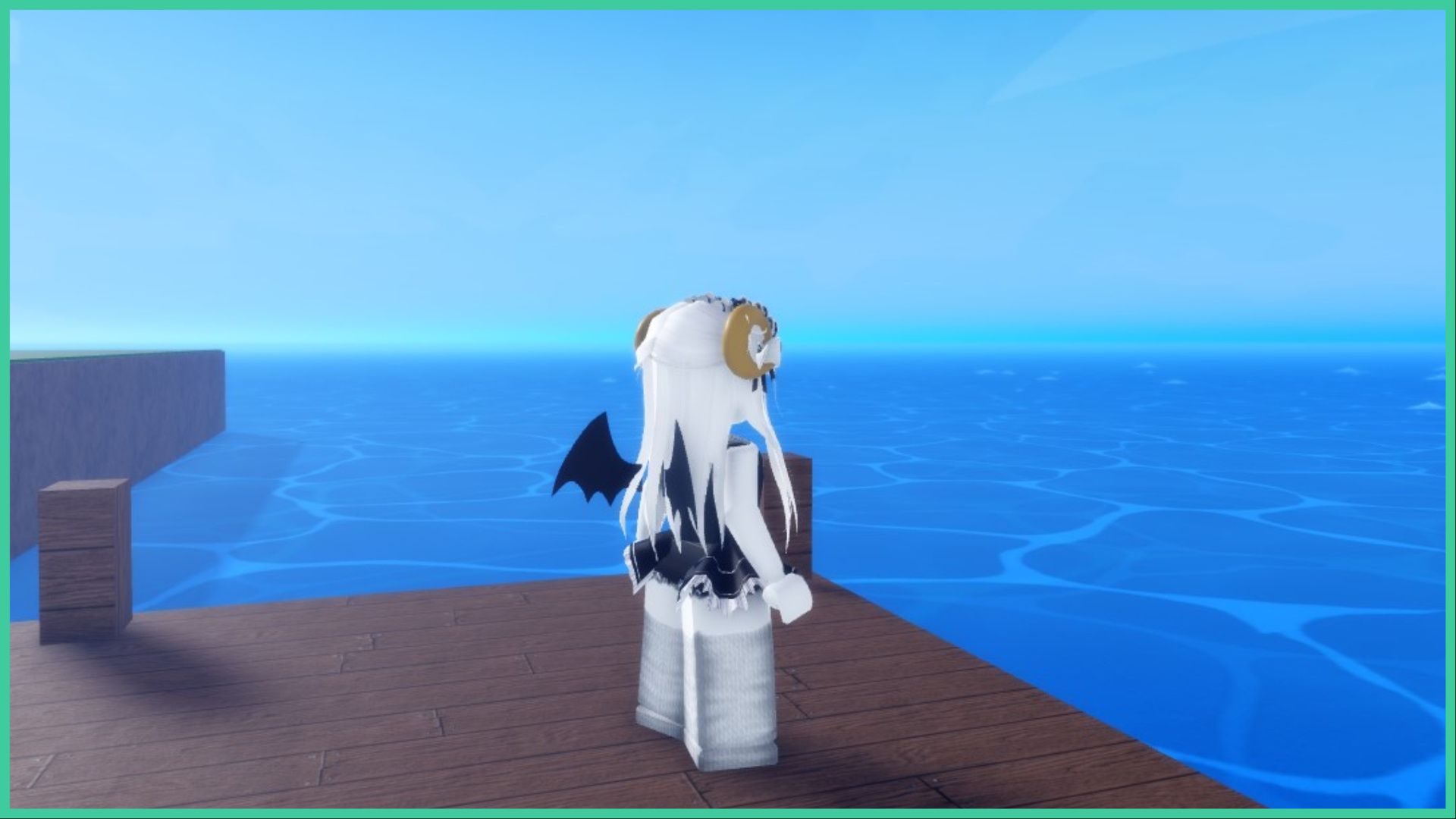- Wondering how to get Monopoly GO! free rolls? Well, you’ve come to the right place. In this guide, we provide you with a bunch of tips and tricks to get some free rolls for the hit new mobile game. We’ll …
Best Roblox Horror Games to Play Right Now – Updated Weekly
By Adele Wilson
Our Best Roblox Horror Games guide features the scariest and most creative experiences to play right now on the platform!The BEST Roblox Games of The Week – Games You Need To Play!
By Sho Roberts
Our feature shares our pick for the Best Roblox Games of the week! With our feature, we guarantee you'll find something new to play!Demon Piece Races – All Race Buffs
By Adele Wilson
Our Demon Piece Races guide details all of the buffs, rarities, and characteristics for each race in the One Piece Roblox game.
Battle Mecha Beginners’ Guide: How to Build a Killer Team
Centuries ago, in the mist-cloaked past, the world was engulfed in flames by twelve battle mechas called the Grand Gods. All hope was lost until the emergence of battle mechas – more than 500 of them, along with over 100 …

Centuries ago, in the mist-cloaked past, the world was engulfed in flames by twelve battle mechas called the Grand Gods. All hope was lost until the emergence of battle mechas – more than 500 of them, along with over 100 pilots. A saga ensued. It was an Iron Saga.
That’s the narrative backdrop to Iron Saga, an epic mecha battler from Gameduchy. And epic is the operative word, with more than 100,000 possible mecha+pilot combinations available and a huge range of factors to consider while composing your teams and joining battle with your enemies.
There are hours of learning and refinement ahead of the intrepid player, but this handy beginners’ guide should help you hit the ground running – which is no mean feat while piloting a mecha.
The basics of your line-up
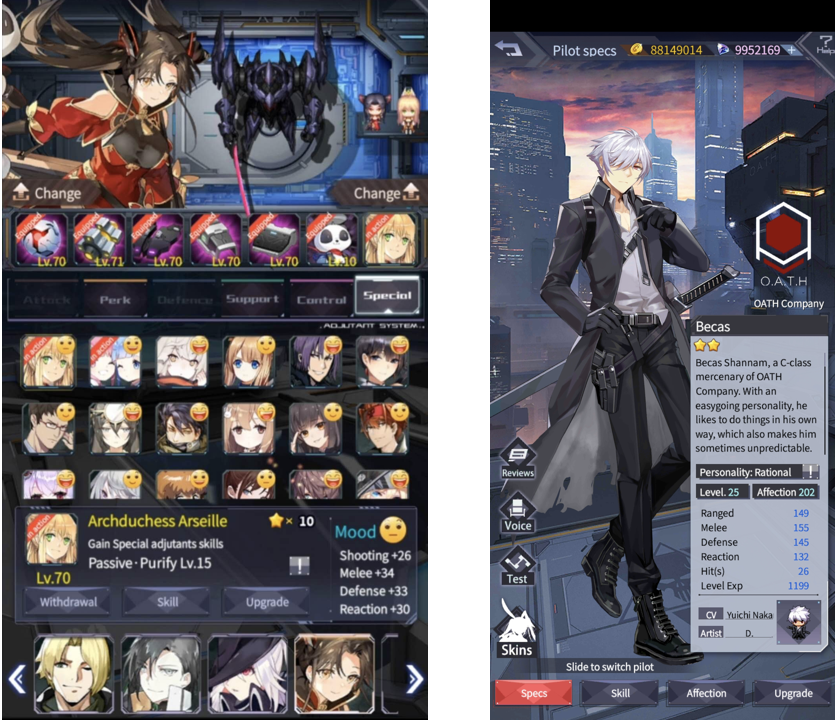
As in life, the most important thing you can do to improve your chances in battle is to pick the right team. Iron Saga contains a huge variety of different unit types, all of which have different strengths and weaknesses. Here’s how to compose your ten line-ups.
Obviously, each mecha needs a pilot. We’ll look at characters first. Each one has its own unique special skills, as well as stats for stuff like Fire, Melee, Defend, Reaction, Affection, and so on. As their level goes up, their stats improve.

In the first instance, you need to pick characters with strong enough stats to withstand the coming onslaught – though you also need to throw some lower-level characters into the mix to get their stats up too.
Then you need to look at special skills, which determine a character’s playing style. In a line-up of four characters, you want to field a range of different abilities, including a forward attacker with high damage, a tank with good defensive stats, and a healer.
Once you’ve got your team, you need to pick your mechas. Again, different mechas serve different functions. Some excel at melee combat, while others are better for ranged combat. Like characters, they have a range of stats that can be enhanced through leveling up.
In addition, they come at differing costs. The more powerful the mech is, the more it costs to obtain, so it often makes sense to go for a cheaper model that you can build and upgrade without breaking the bank.
Crucially, certain mechs are best paired with certain characters. An attacking character is best placed in a mecha with serious firepower, while a tank’s natural home is in a mecha with serious melee damage.
Types of team
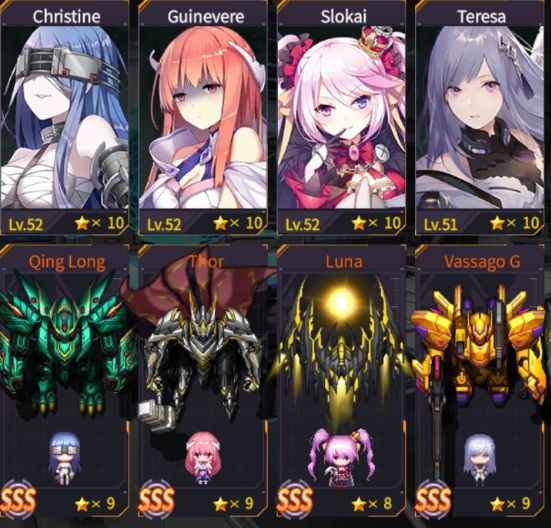
In terms of what works, there are several different approaches on offer. The one you go for will depend on the style of play you prefer.
First up, there’s the balanced type. This kind of team might contain a tank (Qing Long), a melee tank (Thor), and two long-range mechas (Luna and Vassago G).
In the tank, you might want to place a character with a powerful special attack and high melee and defend stats – like Christine. In the melee tank, meanwhile, which is also a front-line unit, you might place Guinevere, owing to her superior defense stats. She’s also a healer, which is an essential component of any team.
At the rear, in your ranged mechas, it’s best to place balanced characters. Luna pairs well with Slokai, for instance, while Teresa – with her devastating special skill – fits perfectly in Vassago G.
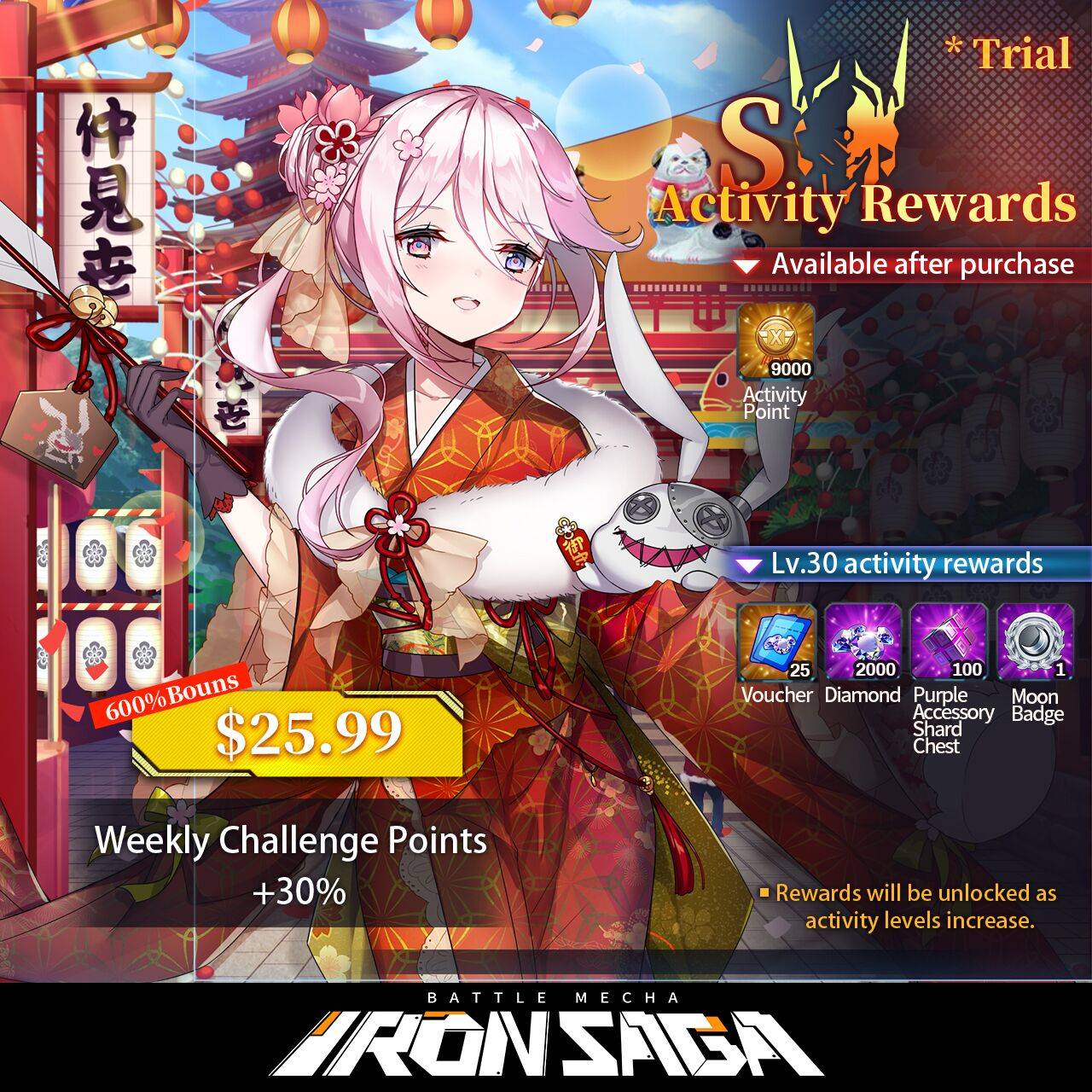
Next up, there’s the equally successful assault type. A team of this kind should contain plenty of mechas and characters with powerful melee attacks. An example taken from the game itself sees Teresa, one of the most powerful characters, pairing up with Galahad, a mid-level mecha with outstanding battle performance and decent melee.
Given its mid-range status, it’s probably best to put Galahad at the rear.
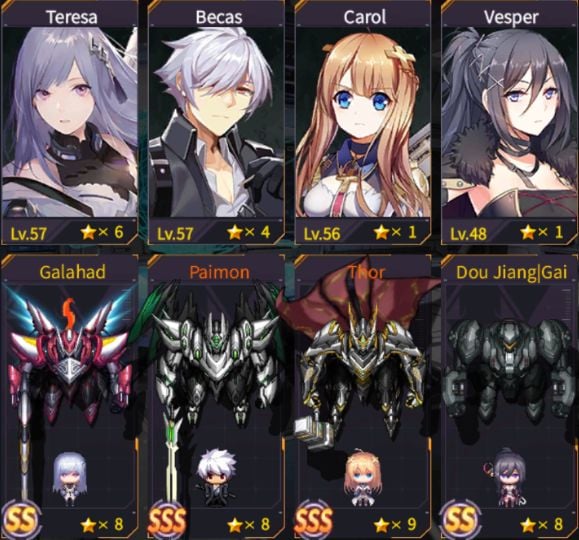
Becas, meanwhile, is driving Paimon. Becas excels at melee, and so does Paimon, making them an ideal combination. Paimon is also able to block and dodge.
The next combo is Carol and Thor. Carol is a tank with powerful skills, including one that increases her survivability, and Thor is a tank with devastating melee attacks.
Finally, there’s Vesper in Dou Jiang Gai. In keeping with the theme of the team, Vesper has incredibly high melee stats, while Dou Jiang Gai can take a beating, giving Vesper the maximum possible time in the fray, unleashing hell.
And last up are the ranged type. As you can probably guess by now, a ranged team is light on melee attackers but heavy on long-range ones.
In the example we’re going to use, there’s one melee pairing (Becas in Dou Jiang Gai), and their presence is less about dealing damage than protecting the ranged attackers.
Behind Becas is Teresa, once again piloting Galahad.
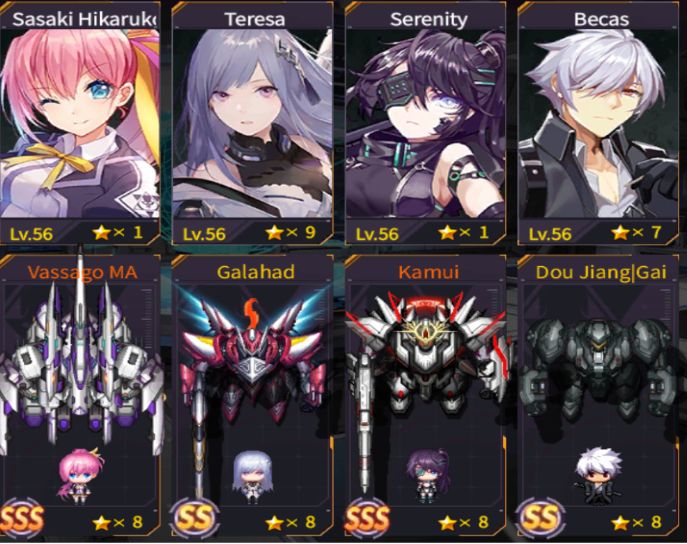
And at the back, we’ve got Serenity behind the wheels of Kamui. Serenity is an expert sniper, and once of the best long-distance characters in the game. Kamui is likewise a specialist in ranged combat.
Next to them, there’s Sasaki in Vassago, MA. Both character and machine are superb at ranged attacks, but vulnerable to melee attacks.
In this kind of formation, success depends largely on the tank at the front. If Becas falls, the rest of the team will probably follow. If she stays on her feet, success is almost certain.
Of course, these are only examples. There are more than 100,000 possible combinations in Iron Saga, so the scope for experimentation is practically endless. Take these basic principles into battle, however, and you’ll be in good shape.
Try these tips out for yourself by downloading Iron Saga via the App Store and Google Play.
More articles...
Monopoly GO! Free Rolls – Links For Free Dice
By Glen Fox
Wondering how to get Monopoly GO! free rolls? Well, you’ve come to the right place. In this guide, we provide you with a bunch of tips and tricks to get some free rolls for the hit new mobile game. We’ll …Best Roblox Horror Games to Play Right Now – Updated Weekly
By Adele Wilson
Our Best Roblox Horror Games guide features the scariest and most creative experiences to play right now on the platform!The BEST Roblox Games of The Week – Games You Need To Play!
By Sho Roberts
Our feature shares our pick for the Best Roblox Games of the week! With our feature, we guarantee you'll find something new to play!Demon Piece Races – All Race Buffs
By Adele Wilson
Our Demon Piece Races guide details all of the buffs, rarities, and characteristics for each race in the One Piece Roblox game.







